|
The term “cryptid” refers to an animal or a plant that has not been acknowledged by the scientific community, but whose existence is suggested by reports or circumstantial evidence. Much of the information we have about our local cryptids dates back to old stories and folk tales. Gold rush miners, lumberjacks, missionaries, and native peoples all have their legends. Some of them have very noticeable common threads, elements that ring true even today. Here are just a few of the many mysterious creatures that may lurk in Humboldt County and beyond! Probably our most famous cryptid is Bigfoot. Also commonly referred to as Sasquatch, Bigfoot is a purported ape-like creature said to inhabit the forests of North America. The legend first emerged into the broader consciousness in Willow Creek, in 1958 with a series of encounters, along with unusually large footprints, allegedly found along Route 96, now known as “The Bigfoot Highway.” Nine years later in 1967, the legend went international with the famous Patterson-Gimlin film, in which Bob Gimlin and Roger Patterson supposedly captured footage of the mysterious Bigfoot near Bluff Creek. This grainy 16mm film, taken on a sunny October 20th, can still be seen today. Well before then, however, stories of large hairy humanoids, or wild men, were part of local Native American lore and had been reported by early settlers The Dark Watchers, who historically have inhabited the central California area, are described as giant human-like phantoms that are only seen at twilight, standing silhouetted against the night sky along the ridges and peaks of the mountain range. When seen, the beings are usually staring off into the distance or watching travelers, before vanishing into thin air, occasionally right before the spectators’ eyes. Over the years, many people have reported seeing impossibly tall, humanoid shapes standing along ridges, peaks or in the deep woods. In all the reports, they simply stand and stare off into the distance...watching. If approached, they silently disappear. Another American contemporary legend features paranormal creatures that resemble children between ages six and 16, with pale skin and black eyes, who are reportedly seen hitchhiking, begging, or are encountered on doorsteps of residential homes. There are dozens of stories circulating, each of them separate instances, but all of them following a very similar pattern. Kids with completely blacked out eyes arrive at someone’s home or vehicle, knock on the door, and then insist on being let inside. Anyone who encounters them almost immediately begins to feel an overwhelming sense of dread and the meeting usually results in illness or death. Perhaps the most terrifying cryptid that haunts the northern climes of our continent is the wendigo (the English word originates from the Ojibwe word "wiindigoo"). The wendigo is part of the traditional belief system of a number of First Nation Algonquin-speaking peoples. Although descriptions can vary somewhat, common to all these cultures is the belief that the wendigo is a malevolent, cannibalistic, supernatural being. Traditionally depicted as a monstrous creature with human-like characteristics (they are said to be giant, up to 15 feet tall, are gaunt with pale or ash gray skin pulled tightly over the bones, and have long jagged teeth), the wendigo is known to invoke feelings of insatiable greed/hunger, the desire to cannibalize other humans, and the propensity to commit murder in those that fall under its influence. They are strongly associated with winter, the north, coldness, famine, and starvation. The wendigo is seen as the embodiment of gluttony, greed, and excess: never satisfied after killing and consuming one person, they are constantly searching for new victims.
8 Comments
4/9/2022 06:03:29 am
Registrar Alex Investigates Cryptids of Northern California is a true-life investigation into the unknown. It follows Registrar Alex as he tries to solve mystery surrounding cryptids and explain paranormal phenomena.
Reply
1/14/2023 09:10:18 pm
Quick observation! You used my art in this article, but the attribution leads to the wrong link. If you can, please correct it to https://valdevia.art/
Reply
Registrar Alex embarks on a captivating expedition to uncover the enigmatic realm of cryptids in Northern California. Armed with an insatiable curiosity and a keen eye for detail, Alex delves deep into the dense forests, winding trails, and mystical landscapes, where whispers of extraordinary creatures linger. With every step, the registrar navigates through a tapestry of folklore and legends, meticulously documenting sightings and encounters.
Reply
6/8/2023 10:12:22 pm
Registrar Alex embarked on a thrilling quest to unveil the mysteries of cryptids in Northern California. Armed with his trusty notebook and a passion for the unknown, he delved deep into the dense forests and rugged landscapes. From encounters with the elusive Bigfoot to sightings of the legendary Mothman, Alex collected testimonies and analyzed evidence meticulously. However, a breakthrough came when he stumbled upon a cave adorned with peculiar hieroglyphs and seven prc brass artifacts, hinting at a cryptid civilization hidden within the region.
Reply
6/10/2023 04:05:10 am
Registrar Alex Investigates" is an enthralling detective series that follows the adventures of Registrar Alex, a brilliant investigator with a knack for solving perplexing cases. With his razor-sharp intellect and keen eye for detail, Alex unravels complex mysteries, uncovering hidden truths and delivering justice. This captivating series blends suspense, intrigue, and memorable characters, keeping readers on the edge of their seats until the final page.
Reply
8/8/2023 08:22:30 pm
Registrar Alex embarks on a captivating expedition delving into the enigmatic realm of cryptids scattered throughout the rugged landscapes of Northern California. Armed with a curious mind and a penchant for unraveling mysteries, Alex meticulously uncovers the hidden stories behind these elusive creatures. From the legendary Bigfoot to the elusive Lake Tahoe Tessie, each cryptid's tale is meticulously examined through a blend of historical records, eyewitness accounts, and scientific inquiry. As Registrar Alex endeavors to shed light on the truth behind these age-old legends, the quest for answers becomes an intriguing journey of its own, guided by an unrelenting desire to unlock the secrets that lie beneath the surface. (ลิงค์ล็อคอิน 24)
Reply
4/22/2024 06:43:28 pm
They are strongly associated with winter, the north, coldness, famine, and starvation
Reply
Leave a Reply. |
AboutKeep up with the Clarke through our Blog! Archives
August 2022
|
Clarke Historical Museum
|
240 E Street
Eureka, California 95501 [email protected] (707) 443-1947 |
Open Wedensday - Sunday
11 a.m. to 4 p.m. Closed Monday and Tuesday Open until 8:30 p.m. during Friday Night Markets Open until 9 p.m. during Eureka Arts Alive |
Copyright © 2018. All Rights Reserved.

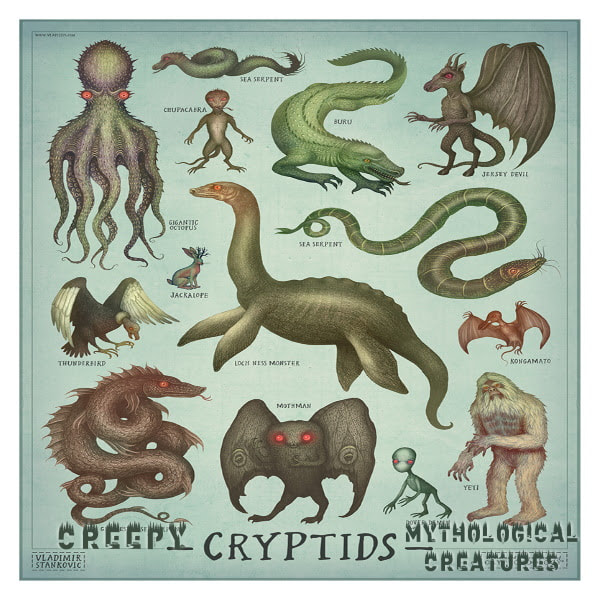
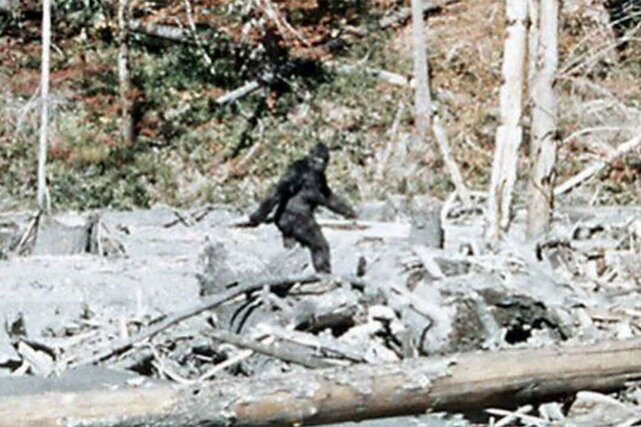
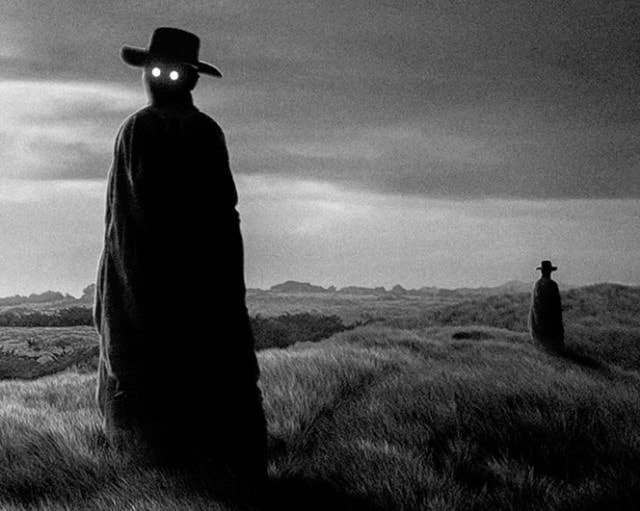
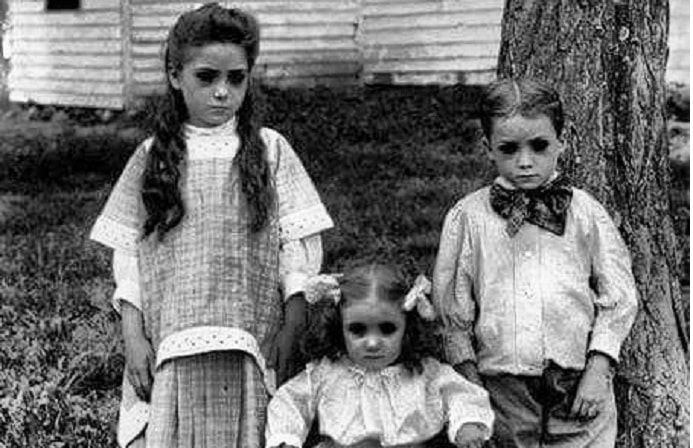
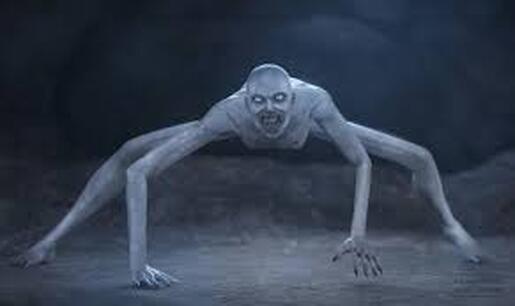
 RSS Feed
RSS Feed